Goodbye to unventilated offices
It is easy to take corrective measures to improve indoor air quality if the cause of the problem is identified. Senate Properties is the first company in Finland to launch indoor air inspections.

It is easy to take corrective measures to improve indoor air quality if the cause of the problem is identified. Senate Properties is the first company in Finland to launch indoor air inspections.
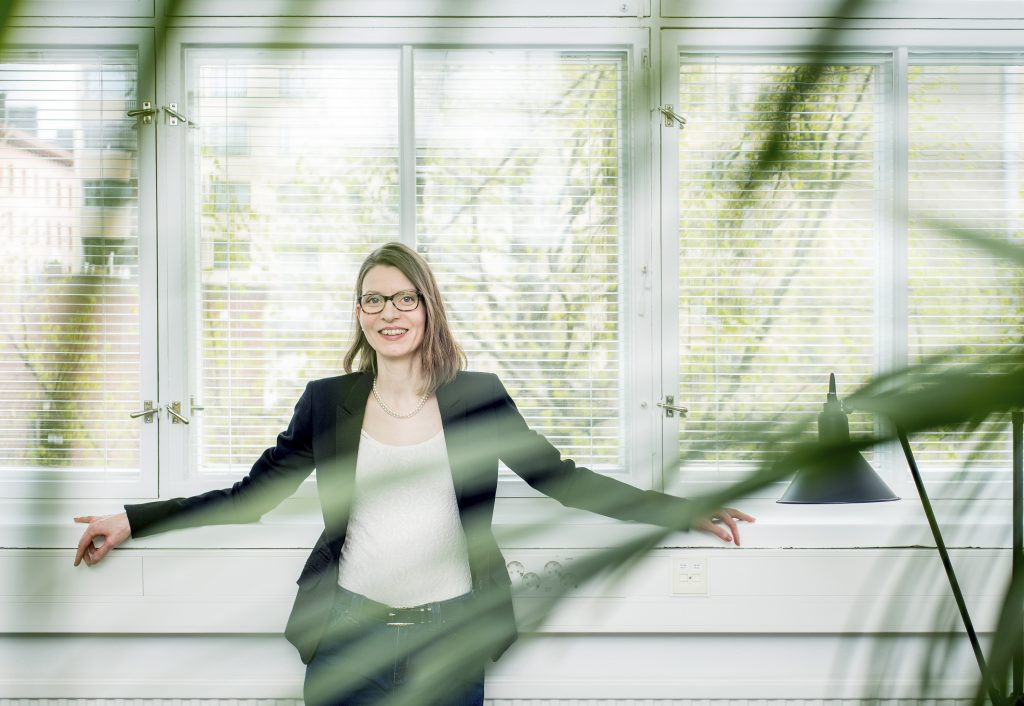
An inspector enters the building, approaches the HVAC technical room and stops to check the filter chamber of the air conditioner. He does not remove the filters, just looks at them.
This is how a Senate Properties indoor air inspection begins. When assessing ventilation, the inspector checks if the filter is fastened tightly or if any unfiltered outdoor air can enter the building. A filter that is not damaged, has been replaced in a timely manner and is fastened tightly receives five points. One that is fastened tightly but has been left unchanged for too long gets three points. If a filter is broken or incorrectly installed, it is given one point, which means that it requires urgent repair.
So far, the piloting project has inspected more than 50 properties in various locations in Finland. In addition to ventilation, the inspectors check the structures of the properties. Points are given to 14 spots related to ventilation and 20 related to structures.
The total number of points is the inspection score. Inspectors carrying out the indoor air inspections must be experts in ventilation and construction engineering as well as qualified building health specialists (RTA).
Senate Properties is the leading company in indoor air management in Finland, having worked in this line of business for decades. It spent 30 million euros on indoor air improvement projects in 2016. Senate Properties wants to emphasise the importance of good indoor air quality when building new and renovating old buildings. Thus any problems that may affect indoor air quality can be completely avoided.

The indoor air inspection project is run by Indoor Climate Specialist Anne Korpi, who is eagerly waiting to see the results
“Our new model is similar to the MOT test. If we want to claim that a house is in good order, we must inspect it. If there is anything that requires repair, the failing elements must be fixed and reinspected.”
If the piloting project manages to detect potential black spots, Korpi believes that the new procedure will also encourage other property owners to perform anticipatory indoor air inspections.
“This is a simple and cost-efficient model. A good result from the indoor air inspection is also a selling point when a customer is looking for new premises.”
Indoor air quality has become a common worry and topic in Finland. For example, the local education committee in Helsinki carried out an assessment and found that only one upper secondary school has indoor air quality that is acceptable.
Poor indoor air may cause tiredness as well as allergy- and asthma-like symptoms. At its worst, it can lead to serious illnesses and a need to move to another building.
Anne Korpi has worked on indoor air throughout her working life, first as a researcher at the Kuopio University and later at University Properties of Finland Ltd. Korpi joined Senate Properties two and a half years ago and is the head of the Siti team, which consists of 17 Senate employees with an interest in indoor air issues. The team creates and harmonises indoor-air-related procedures.
“We used to have several methods to tackle problems with indoor air, for example situations where an employee suffers from poor indoor air but no cause for the symptoms could be identified.”
Now there are clear instructions for how to proceed in situations like this. Senate Properties is responsible for checking the structural factors and ventilation functionality, after which it is the duty of the occupational health care services, users of the particular premises and their employer to find solutions. Senate Properties offers support for the process.
“We take indoor air issues seriously and want to prevent problems.”
The latest technology is used to monitor indoor air quality; for example, independent sensors measure indoor air and send data online to the facility maintenance company. Fixed sensors, which measure the temperature of supply air and indoor air constantly, have been installed in more than 70 buildings managed by Senate Properties. If necessary, they can also monitor air humidity and pressure indoors.
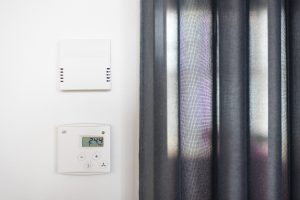
“Information on any changes in the conditions is automatically sent to the maintenance services, which can then take action. This will soon become more common in our operations,” says Korpi.
Many people are used to checking the hygiene level of a restaurant by the Oiva smiley displayed by the door. Anne Korpi believes that indoor air quality will have a similar indicator.
The indicator will probably be based on the inspection score, continuous monitoring of the conditions and the experiences of those using the premises. The evaluation will also be affected by the assessment of the maintenance and cleaning quality. The score will tell people working in the premises that the building is being monitored and action will be taken if necessary.
Healthy indoor air is pleasant. There is no smell, dust, draught or noise. Everyone has the right to work in a healthy work environment.
People’s experiences of indoor air vary. They are affected by individual sensitivity, allergies and asthma, stress and the work atmosphere. It is impossible to create indoor climates with which everyone would be completely satisfied.
If you suspect that there is a problem with the indoor air quality, work together with the property owner, following the agreed procedures. The first person that needs to be called is the maintenance person. If this does not solve the problem, the issue will be dealt with by a team of experts at Senate Properties.
Sources include the guide for healthy indoor air by the Organisation for Respiratory Health in Finland.
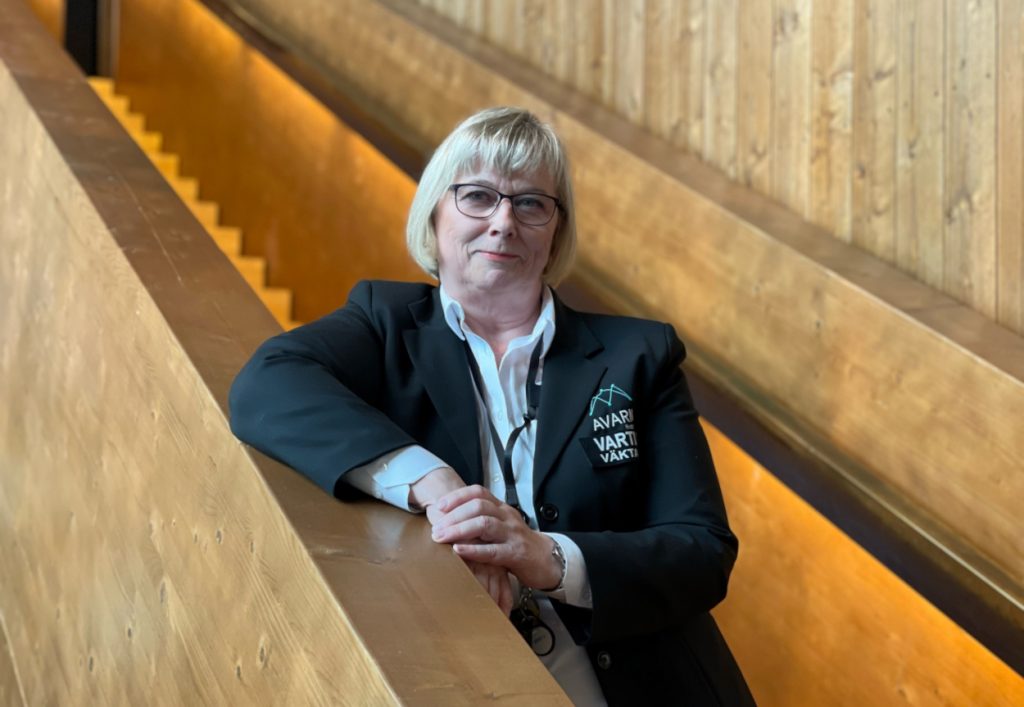
The reception service is key to the everyday operations of many properties. Anyone entering a property will encounter the reception service when they first step inside the premises and last…
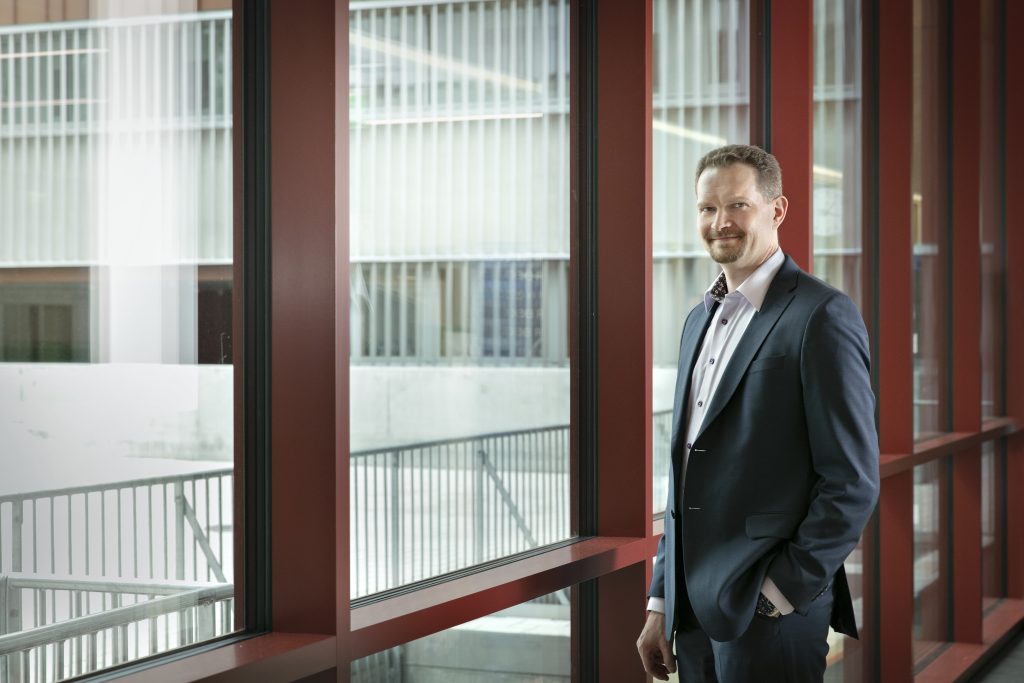
“Preparing for emergency conditions has become a key goal since February 2022. We strongly support our clients in the changed situation,” says Tuomas Pusa, Chief Operating Officer at Senate Properties.

"The Energy Saving Programme we launched promptly in the autumn had already delivered good results during the winter. Together with our clients, we achieved significant savings,” says Sanna Jääskeläinen, Programme…
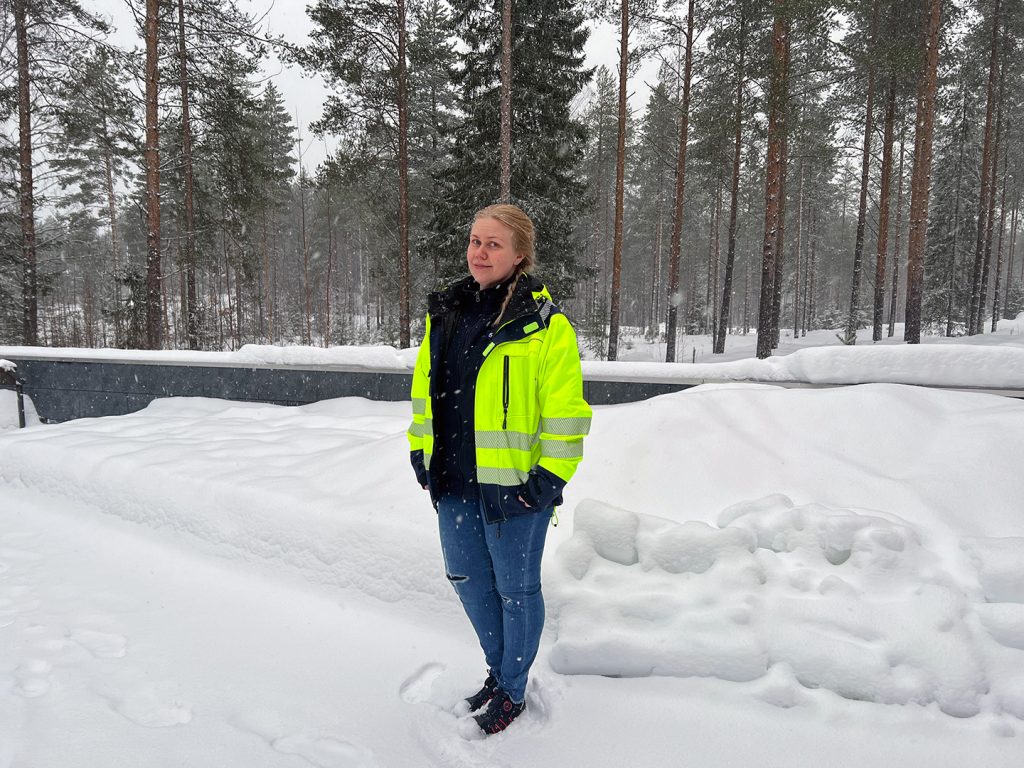
At the initiative of Päivi Seppänen, Defence Properties Finland’s Cleaning Manager, the Kainuu Brigade reinstated cleaning lessons on the conscript training programme after a break of several years. Conscripts starting…
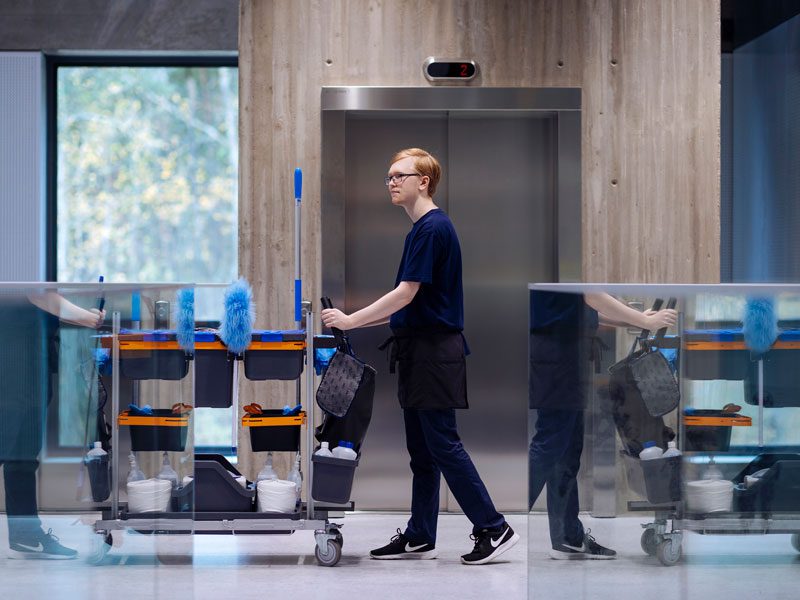
In this article we tell about white construction dust, grey room dust and the ways that help cleaning work and which when used do not reveal a thick cloud of…
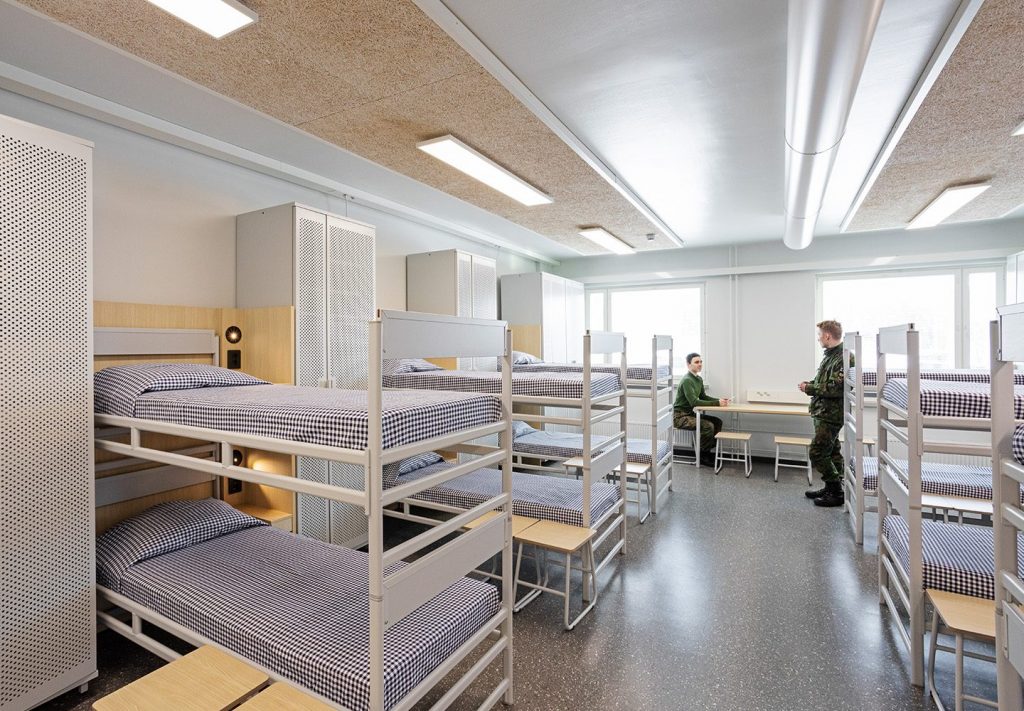
Defence Properties Finland is investing even more heavily in ensuring good indoor air conditions for conscripts and for the personnel of the Finnish Defence Forces and their strategic partners. The…

Defence Properties Finland invests heavily in the prevention of indoor air problems: the entire Finnish Defence Forces’ building stock will be renovated during the current decade, and we have recruited…

Shared facilities and customer service for several government agencies will be built at Kauppakatu 40 in Joensuu. Indoor conditions of the premises will be improved by modernising mechanical and electrical…
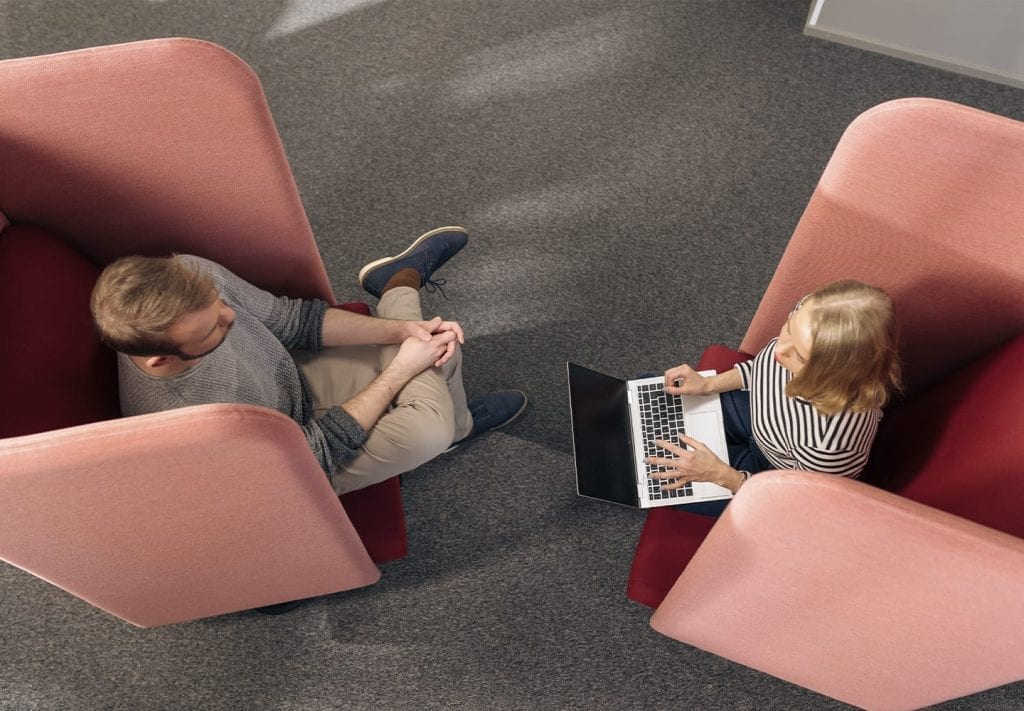
When two or more agencies are put together, what happens? They become a co-working environment. Why are they created and what are their benefits? Karin Hukkanen, Accounts Manager, and Ari…